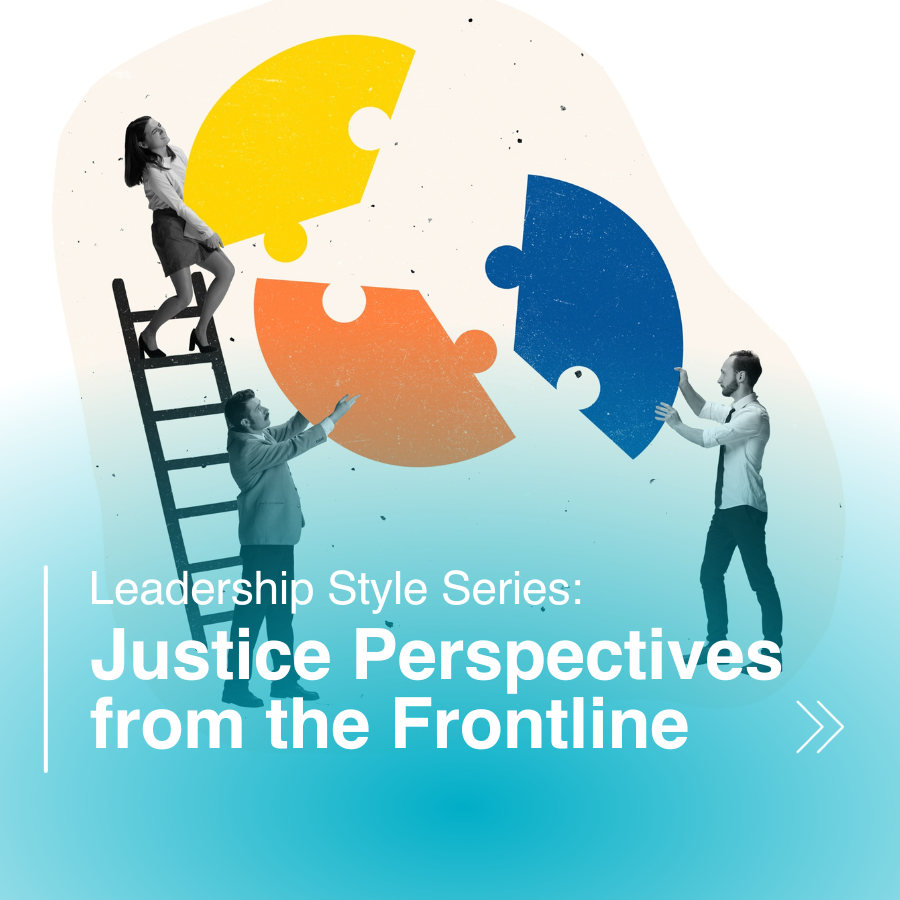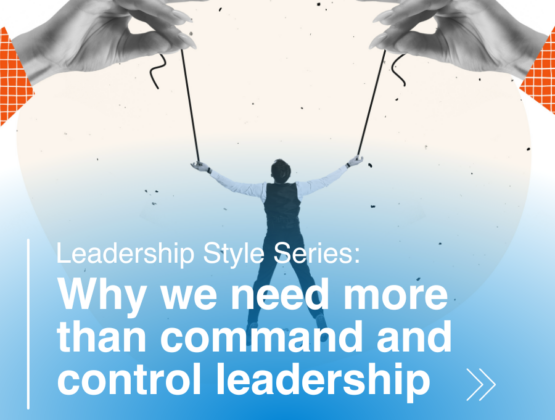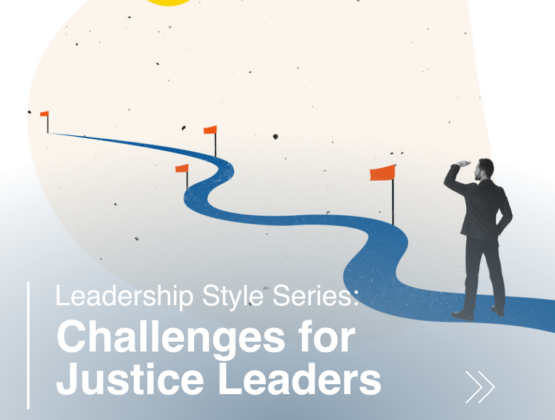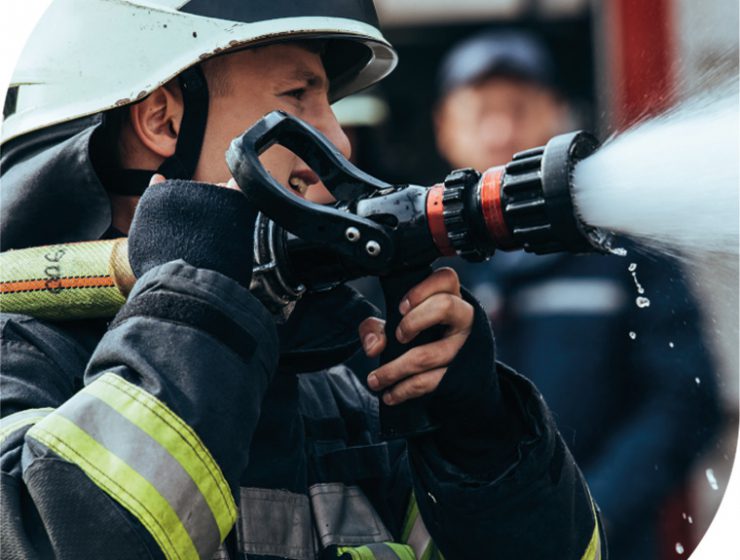Published by Skills for Justice
Justice Perspectives from the Frontline
Date 04.03.24

This is the fourth article in the six part Leadership Styles series. Read the previous articles →
Despite the tactical nature of frontline incident response and the need for responses to be directed through the established chain of command, it is possible that as the mindset of a coaching culture emerges, there will be many day-to-day situations to which coaching can be applied.
A senior officer in policing cites coaching techniques as a helpful mechanism to help others learn how to triage situations based on urgency and impact, using their own judgement within the parameters of established protocols. One of the significant barriers to achieving this is bounded in the pressure that officers face to investigate in accordance with victim contracts. This is not perceived to be insurmountable.
There is a belief that coaching techniques can also help officers to gain deeper perspectives and insight into their psychological responses to traumatic incidents. Helping officers to make sense of traumatic incidents and put things into perspective, has the ability to reduce anxiety and the risk of officers getting ‘churned up’ by events. Under these circumstances, coaching is believed to be critical to developing emotional awareness, active listening and perspective taking, and developing trust in self to make the right decisions.
A Chief Inspector from a southwest police force, acknowledges that “there is a gap between the majority of the police force and senior leaders created by a command and control hierarchy, and that gap can prevent good practices and development opportunities such as a coaching style of leadership from becoming a reality.”
It was acknowledged that there needs to be more empowerment and trust in policing and a different way of responding when things go wrong. It is also recognised that at more senior levels where commanders are required to be more strategic and tactical, there is room for coaching within the parameters of the National Decision Making Model.
Another senior leader in the Fire and Rescue Service reflected on how coaching conversations might be introduced as a means of constructively challenging assumptions and biases, and help others to understand the lived experiences of those who are the victims of bullying, racism and victimisation.
As mentioned in the first part of this series, recent reports such as the Casey Review found “systemic and fundamental problems in leadership”, and the HMICFRS Values and Culture in the Fire Service Report that “staff, including managers, didn’t always feel confident to challenge poor behaviour.” These are contributing factors in some of the biggest challenges the sector faces, with the same HMICFRS report finding that in at least 11 services there was evidence of racism, sexism and homophobia. I also explored in article three how a coaching culture can help tackle some of these challenges.
There is clearly appetite from within the sector to shift leadership styles, and a recognition that a coaching culture can help them achieve their ambitions. But how do leaders create a coaching culture? One way of doing that is by mastering the art of good conversations. In the next article in this series, I look at what skills leaders can develop to facilitate those conversations.
The views expressed in this article have been informed by conversations with individuals in the justice sector but otherwise represent the views of Skills for Justice (part of The Workforce Development Trust) based on our experience of working in the sector and our research into coaching cultures.
As experts in the fields of coaching and culture transformation, our LMOD team have a wealth of experience in guiding organisations towards a coaching culture, and a faculty of associate coaches to draw from.

Download the full eBook
This article is the fourth article in our six-part Leadership Styles series. Access the full series in our downloadable eBook.
"*" indicates required fields







